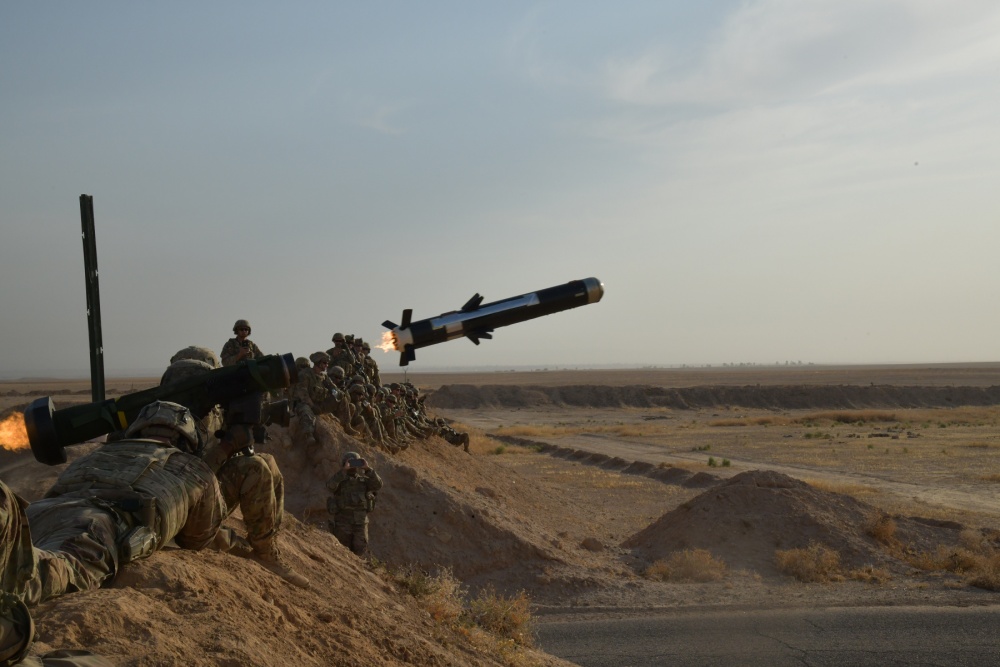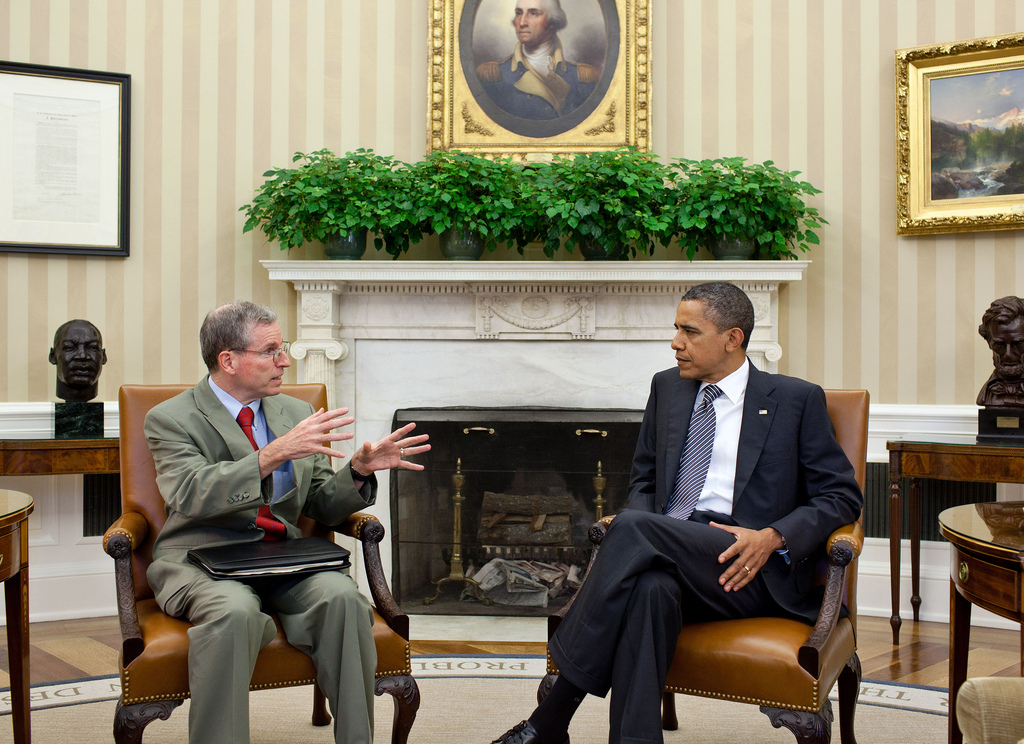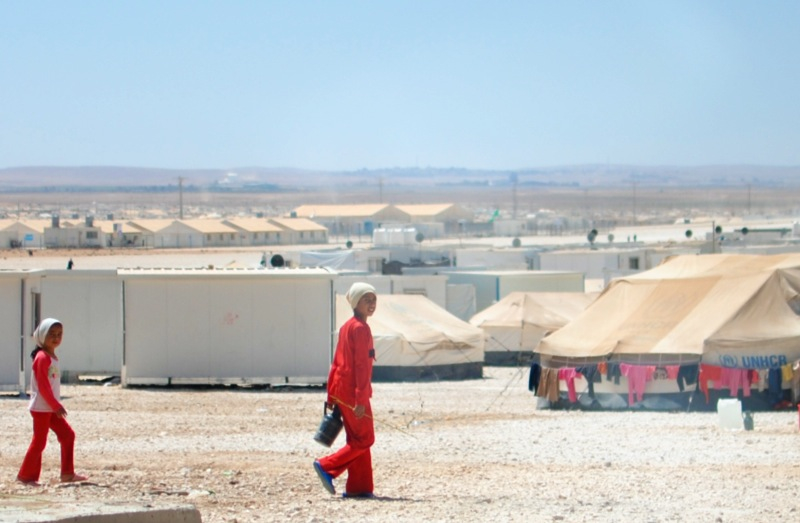Guest post by Douglas Lemke and Charles Crabtree.
With the recent territorial defeat of ISIS, American foreign policy attention seems to have shifted to interstate conflicts such as the increasing hostilities between the US and Iran. While the demise of ISIS is undoubtedly a good thing, territorial contenders like ISIS are surprisingly common. Thus, while policymakers might need to focus on interstate conflicts, they should also develop strategies for dealing with territorial contenders. Territorial contenders like ISIS lack universal diplomatic recognition but otherwise resemble sovereign states in that they are political organizations governing populations within areas where they enjoy exclusive territorial control. Like most sovereign states, territorial contenders usually possess military forces (more on that in a bit) and extract resources from their populations and territories.
In our recent paper at the Journal of Conflict Resolution, we identify and describe 187 territorial contenders within the borders of sixty-two sovereign states. For each territorial contender, we collected information about the territorial contender, such as when it first came to control its territory, when (if ever) it lost control of territory, what specific territory it controlled, the area, population and terrain characteristics of that territory, and the crudely designated regime type of the territorial contender. Importantly for those interested in understanding conflict processes, data was also collected on the number of troops defending the territorial contender, conflicts involving the territorial contender, alliances the territorial contender made, whether the territorial contender enjoyed military support from external sovereign states, whether it funded itself (if only in part) by contraband or ransoms, and a variety of other variables. These data, which span 1,942 annual territorial contender observations, are available at https://sites.psu.edu/territorialcontenders along with an additional sovereign-state year dataset, a codebook, and narratives that discuss each territorial contender in detail.
Existing research on territorial non-state actors focuses only on subsets of territorial contenders. Florea studies de facto states, Huang and Stewart study rebel governments, Marten and Mukhopadhyay study warlords, and Caspersen studies unrecognized states. While valid research questions are asked about each subset, the overall population of territorial non-state actors, that is, of territorial contenders, has not been studied before, contributing to the impression that such actors are less numerous and thus less important than they really are.
While few territorial contenders are as notorious as ISIS, that they outnumber sovereign states by 3:1 indicates they are a pervasive part of the security environment confronted by developing states. They are the main competitors to sovereign states in the developing world. Their existence takes territory away from a sovereign state, thereby weakening the sovereign by denying it resources and questioning its legitimacy. They thus represent a fundamental security problem, and many dissolve in military defeats by the sovereign.
Between birth and death, territorial contenders often play an important role in conflict.
They frequently employ or have access to considerable military power. The average territorial contender has access to about 9,000 troops, with some employing nearly 300,000 military personnel; many contenders also enjoyed military support from a sovereign state. These military resources often turn out to be necessary, as about 80% of the territorial contenders experience conflict.
Moving beyond descriptives, we examined the role that territorial contenders might have on civil war onset and find that the presence of territorial contenders is a substantively important predictor. A two standard deviation increase in the number of territorial contenders resident within the territory of a sovereign state – from a mean of 0.44 to 3 – increases the probability of civil war onset by 15.2 percent (that is, from an underlying probability of 2.5% up to 17.7%). We think that this is a meaningful result that sheds new light on intrastate conflict.
This result also suggests the need for a broader research program on territorial contenders and political violence. Indeed, the broad conflict community has much to learn by studying territorial contenders, including the influence of contenders on international war, militarized interstate disputes, civil war, and other important conflict outcomes.
For example, researchers might examine the human rights practices of territorial contenders. They contain, on average, 1.5 million residents; some are home to tens of millions. How do their governments maintain social control? More broadly, to what extent does the rise or demise of territorial contenders influence human rights practices in sovereign states? Does the threat to sovereign states and their leaders lead to increased rights violations in the area around the contenders’ territories?
Territorial contenders are the main competitors to sovereign states. They are particularly likely to arise where weak and illegitimate governments rule over large and diverse populations. Their presence is dramatic evidence of failure by sovereign states to govern all of their people and territory. Is military defeat the best way to reduce the population of such agents of instability and conflict, or are there peaceful alternatives more likely to bolster sovereign states? Moving forward, research can address these—and many more—important questions about the nature of political violence in contested territories.
Douglas Lemke is a Professor in the Department of Political Science at Pennsylvania State University, where he researches conflict, both between states and within them. Charles Crabtree is a Visiting Scholar in the Department of Government at Dartmouth College, where he will be an Assistant Professor starting in fall 2020, and a Senior Data Scientist at the Tokyo Foundation for Policy Research.






